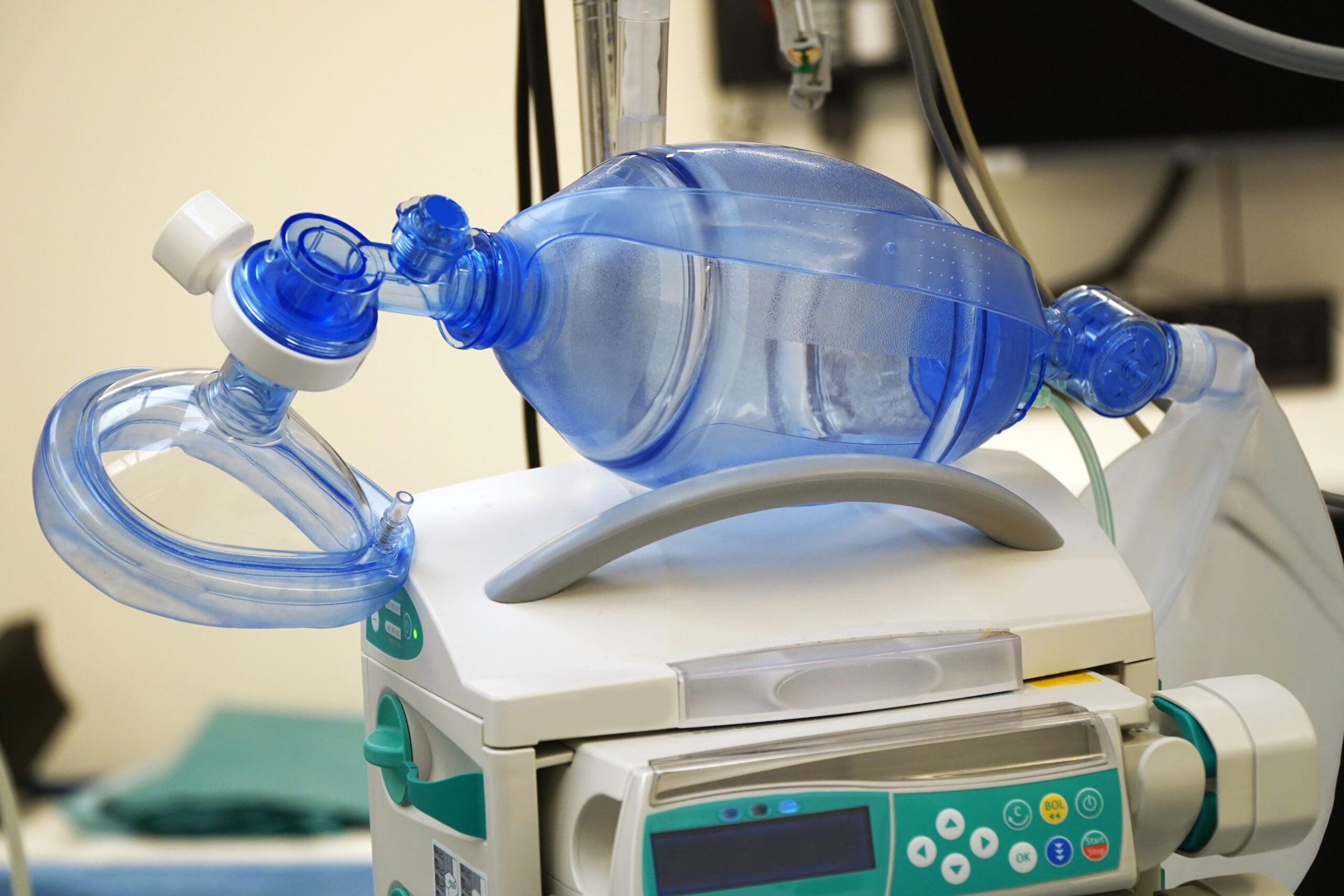Responding to calls from patients who require accurate pulse oximetry readings can happen often. It’s important to be prepared to do so and understand different aspects of pulse oximetry. For example, reasons you may get an erroneous reading and different parts of the body to use to get a reading from. In this course, we will review these topics and more to create a list of ten things EMS providers should know about pulse oximetry.
Course Type: Full-length Course
Course Duration: 60 min
Patients that can’t breathe require immediate and precise intervention. When the call comes, you need to be ready. ...
Course Type: Full-length Course
Course Duration: 60 min
Many studies have been done comparing the results of different methods to use when responding to patients suffering from cardiac arrest and the best techniques to use for the highest rate of survival. Throughout this course, some of those studies will be compared to show the results and which techniques were found to be most successful in patient survival.
Course Type: Full-length Course
Course Duration: 60 min
For decades, rapid sequence intubation (RSI) has been the most-used intervention for select respiratory care, ...
Course Type: Full-length Course
Course Duration: 60
Confirming tube placement can be difficult if you don’t know what signs to look for. Using a capnography machine is one way to confirm tube placement and ensure you provide the right patient care. In this course, we will review the makeup of the lungs, how gases are exchanged, and the importance of monitoring waveforms to confirm the tube remains in the right position and the patient is not under or over-ventilated.
Course Type: Full-length Course
Course Duration: 60 min
Continuous Positive Airway Pressure or CPAP is a BLS and ALS tools that can save lives, reduce hospitalization times, and provide better patient management in the field. This presentation provides a history of CPAP, overview of patient selection criteria, standards of care, assessment, application of CPAP in the field and transition of care to the Emergency Department. Disposable CPAP devices and use of capnography with the application and titration of CPAP promise to increase utilization and improve patient outcomes.
Course Type: Full-length Course
Course Duration: 60 min
The pathway to mitigation of a true “can’t intubate, can’t oxygenate” situation is very direct—a cricothyrotomy. ...
Course Type: Full-length Course
Course Duration: 60
In the pre-hospital setting, providers need all tools at their disposal to ensure patient care. One of these tools that can be of great benefit is a mechanical ventilator. We will review the benefits of a mechanical ventilator versus manual resuscitative devices, how to choose the right machine for your department, and how to prevent lung injury, morbidity, and mortality typically caused by bag valve mask ventilation.
Course Type: Full-length Course
Course Duration: 60 min
This course will discuss considerations for utilizing non-invasive ventilation such as CPAP, BiPAP, and nasal capnography in the pre-hospital environment.
Course Type: Full-length Course
Course Duration: 60 min
Supraglottic airways have evolved beyond the combitube with more and more devices available in the field today. ...
Course Type: Full-length Course
Course Duration: 60
There are “difficult airways” and there are seemingly “impossible airways.” This case-based class will use vivid examples (trauma, angioedema, etc.) of seemingly impossible airways and discuss strategies to overcome the profound challenges these situations pose to the prehospital provider.
Course Type: Full-length Course
Course Duration: 60 min




